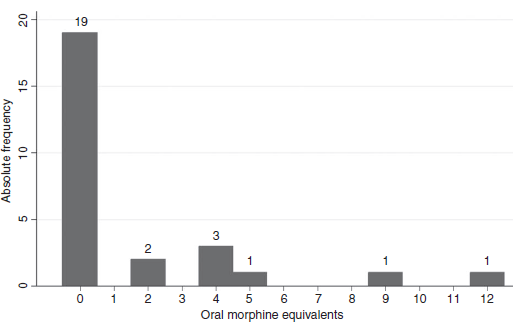
The IPACK block is a muscle strength-sparing technique that consists of an infiltration of local anesthetic into the interspace between the popliteal artery and the posterior capsule of the knee meant to be used as an alternative analgesic supplement to the femoral or adductor canal blocks to cover the posterior knee … What is the goal of the ipack block?

2021, StatPearls Publishing Copyright © 2021, StatPearls Publishing LLC, Treasure Island (FL).ĭeiter J, et al. Total knee replacement techniques, in StatPearls. iPACK combined with ACB proves to be a suitable pain management technique after TKA.Īdductor canal block GOSH analysis Meta-analysis Meta-regression Total knee arthroplasty iPACK block. Meanwhile, the addition of iPACK improves postoperative patients' activity performance without extra side effects. The addition of iPACK lowers postoperative VAS scores, cumulative morphine consumption, and hospital stays. No difference was found between the patients in the ACB + iPACK Group and ACB Group on postoperative quadriceps muscle strength and the incidence of PONV. We found that patients' hospital stays in the ACB + iPACK Group were significantly shorter than in the ACB Group (95%CI:, P: 0.003). There were significant differences between the patients in the ACB + iPACK Group and ACB Group on the TUG test of POD1 and POD2. The patients in the group of ACB + iPACK performed better in the postoperative range of knee movement (95%CI:, P < 0.00001) and walking distance (95%CI:, P < 0.00001). A differential was discovered to support the ACB + iPACK Group when comparing the two groups on postoperative cumulative morphine consumption (95%CI:, P: 0.0007). There are significant differences between the two groups in VAS score at rest and with activity, and the VAS scores were lower in the ACB + iPACK Group (VAS scores at rest: 95%CI, P < 0.00001. There are fourteen eligible studies for our meta-analysis. Trim-and-fill analysis was applied in terms of sensitivity analysis of the results. Publication bias was checked using Egger's test. In addition, we performed GOSH analysis, subgroup analysis, meta-regression analysis to study the source of heterogeneity. Statistical analyses were conducted by Stata and RevMan Software. We searched in eight major databases for all clinical trials discussing the effect of two analgesia regimens after TKA.

This paper compiles all available evidence on the effect of two analgesia regimens (ACB and iPACK + ACB) involving all sides. Several studies have suggested that the addition of iPACK block (the popliteal artery and the posterior knee capsule have been given interspace local anesthetic infiltration) might get better analgesia than adductor canal block (ACB) only after total knee arthroplasty (TKA).


 0 kommentar(er)
0 kommentar(er)
